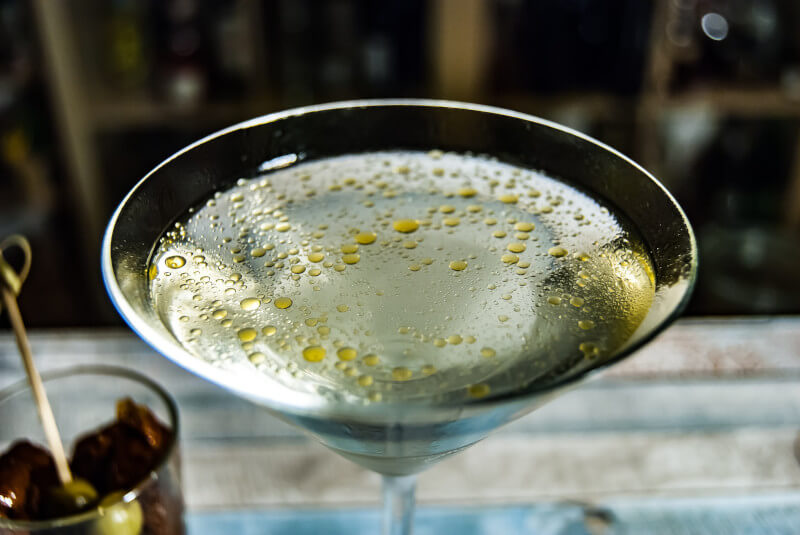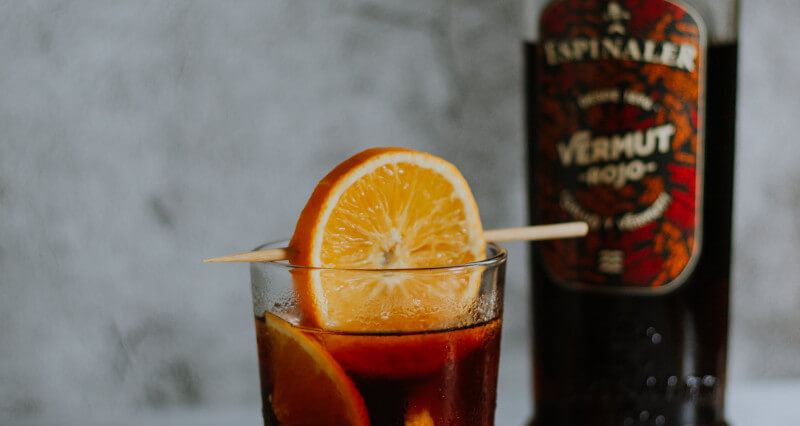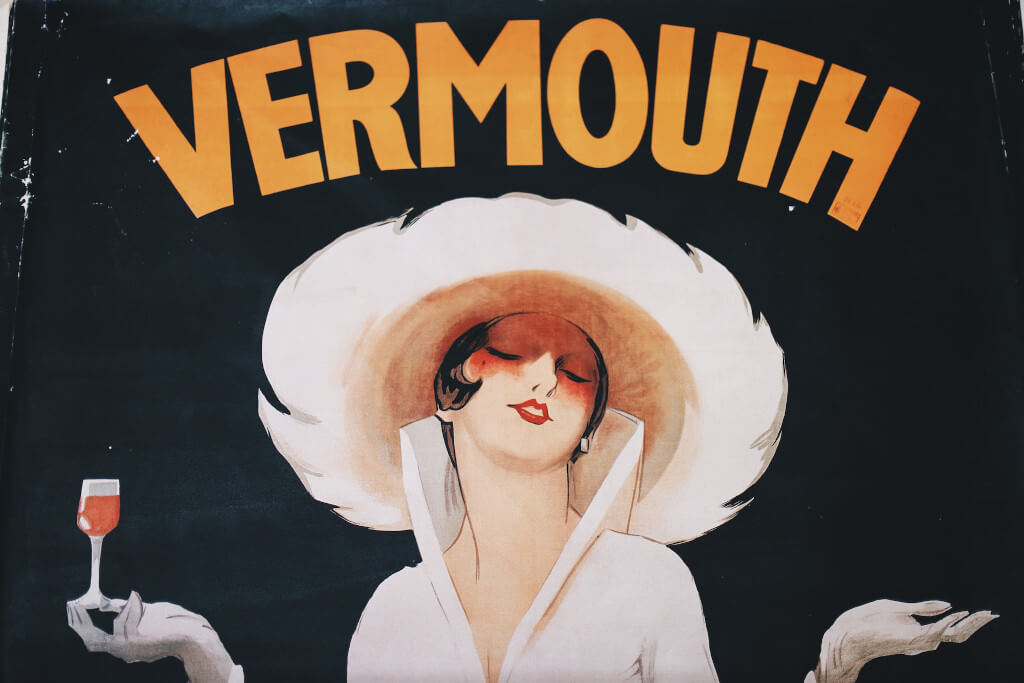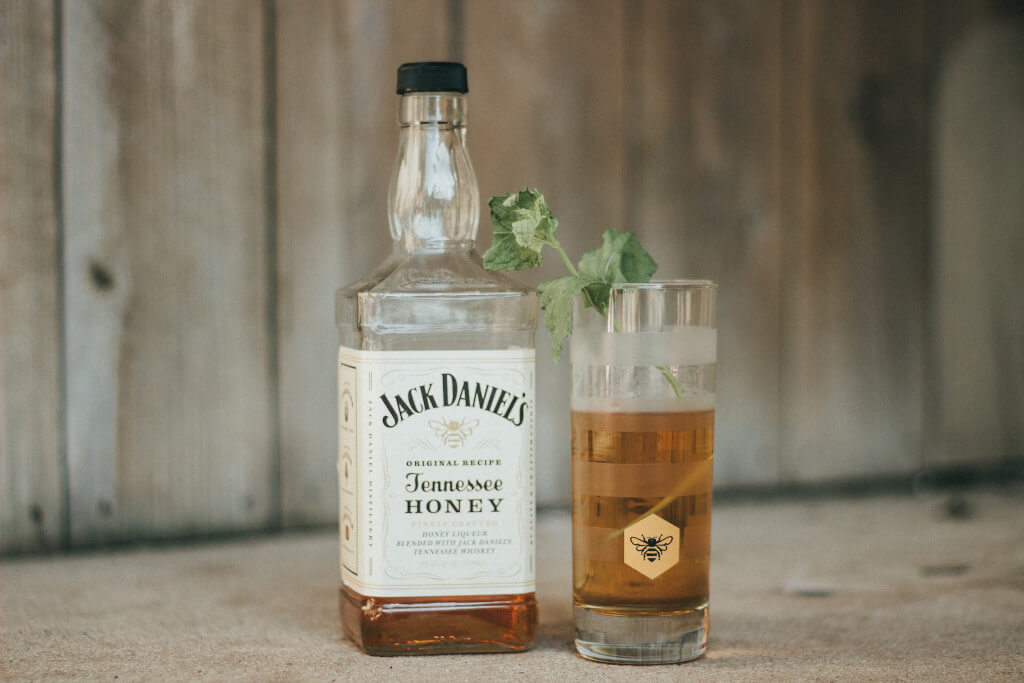Vermouth – the name alone can evoke images of classic cocktail lounges, 1920s flapper dresses, and an aura of sophistication. If you’ve ever enjoyed a Manhattan or Martini, you’ve had an encounter with vermouth. Yet, how many know the difference between sweet and dry versions?
Sweet and dry vermouth may seem like distant cousins at a family reunion–related, but they bring their unique flair to the party. While they both descend from the aperitif family, their flavor profiles are distinct enough to set them apart in any cocktail lineup.
It’s All About the Roots
Sweet vermouth, often recognized by its deep reddish-brown color, primarily hails from Italy. It’s like that cousin who can’t stop talking about their recent Euro trip. On the other hand, dry vermouth, with its light golden shade, proudly waves the French flag. Think of it as the cousin who always brings gourmet cheese to the party. Their origins play a big role in their characteristics, and as a mixologist, you’d know the impact of the terroir on flavor.
Complexities of Flavors
While sweet vermouth leans towards the caramel and dark fruit undertones, dry vermouth flirts with notes of stone fruit, herbs, and delicate spices. Imagine you’re baking – sweet vermouth is that rich chocolate ganache you pour over a cake, while dry vermouth is more of a subtle vanilla bean glaze.
How Strong Are We Talking?
You know that feeling when you’re looking for just the right kick in your cocktail? The alcohol content can play a huge role. Typically, sweet vermouth lounges around a cozy 15-18% alcohol content, making it a smooth companion for whiskey cocktails. Dry vermouth, on the other hand, tends to spike up a bit higher, hovering around 18%-20%. It’s like choosing between a light jog and a brisk run; both get your heart pumping but in slightly different ways.
Your Go-To Cocktails

Ever craved a Manhattan after dinner? That’s sweet vermouth’s influence, adding a rich dimension to this whiskey-based classic. And who could forget the Negroni, where sweet vermouth balances out the sharpness of gin and the bitterness of Campari?
But if you’re leaning towards a pre-dinner aperitif, a Martini might be more your speed, brought to life with dry vermouth’s herbal notes. However, dry vermouth isn’t just for Martinis. Here are some other cocktails where its herbal charm shines:
- Gibson: A close relative of the Martini, this drink switches out the olive for a pickled onion.
- Bamboo: Pairing dry vermouth with dry sherry, this cocktail is accented with dashes of orange and Angostura bitters.
- Vermouth Cassis: A simple, refreshing drink made by combining dry vermouth, crème de cassis, and club soda.
- El Presidente: A classy mix of white rum, dry vermouth, orange curaçao, and grenadine.
- Dubonnet Cocktail: An aromatic blend of gin, Dubonnet, and dry vermouth.
- Fifty-Fifty: Living up to its name, this cocktail uses equal parts gin and dry vermouth, rounded off with a dash of orange bitters.
- Chrysanthemum: A unique concoction of dry vermouth, Benedictine, and absinthe.
- Brooklyn: Made with rye whiskey, dry vermouth, Maraschino liqueur, and Amer Picon, this cocktail is both robust and refined.
Money Matters
While sweet vermouth usually leans on the affordable side thanks to the economical red wines in its composition, dry vermouth can sometimes make you reach a little deeper into your pockets. But remember, quality varies across brands and regions. It’s like choosing between a charming local bakery and a high-end patisserie – each has its value.
Foodie Combinations
If you’re hosting a dinner party, pairing your vermouth-infused cocktails with the right dishes can be a game changer.
Here’s how you can turn your dinner parties into vermouth-infused gastronomic delights:
Sweet Vermouth’s Delicacies
- Cheese Platters: The pronounced sweetness of sweet vermouth complements blue cheeses, offering a balance between the mold’s sharpness and the vermouth’s sugary notes.
- Spiced Nuts: The herb-infused sweetness of vermouth pairs wonderfully with candied or spiced nuts, especially pecans or walnuts.
- Charcuterie: Cured meats like prosciutto or salami balance out with the herbaceous notes, making for an intriguing palate experience.
- Fruit Tarts: Especially those with berries or figs, can be a delightful companion to sweet vermouth’s rich flavors.
Dry Vermouth’s Savory Pairings
- Oysters: The crispness of dry vermouth can highlight the brininess and freshness of oysters, whether raw or grilled.
- Olives and Tapenade: The herbal complexity of dry vermouth complements the saltiness of olives and tapenade, making them perfect appetizers.
- Grilled Vegetables: Think asparagus, bell peppers, or zucchini. The charred flavors from grilling harmonize with the subtle herbal notes of dry vermouth.
- Light Pasta Dishes: Dishes with olive oil, garlic, and fresh herbs can mirror and enhance the herbal intricacies of dry vermouth.
- White Pizzas: Opt for those with ingredients like ricotta, arugula, or anchovies. The lightness and diverse flavor profiles can be a perfect match.
When it comes to pairing, trust your palate and experiment.
What’s Shared Between Them?
For all their differences, sweet and dry vermouth do have a heartwarming sibling bond. Both are fortified wines, kissed with a unique botanical mix, turning even the simplest of drinks into a grand spectacle.
Sweet & Dry Vermouth Comparison Chart

| Criteria | Sweet Vermouth | Dry Vermouth |
|---|---|---|
| Flavor Profile | Rich, herb-infused sweetness | Crisp, herbal complexity |
| Sweetness Level | Pronounced sweetness | Minimal sweetness, predominantly dry |
| Primary Use | Mainly in classic sweet cocktails | Versatile across a range of cocktails |
| Aromatized Wines | Red wine base infusion | White wine base infusion |
| Botanicals | Blend of diverse botanicals | Blend of intricate botanicals |
| Color | Deep reddish-brown hue | Pale to light golden appearance |
| Versatility | Limited to specific cocktails | Adaptable to various drink recipes |
| Serving Temperature | Often chilled or on the rocks | Typically served chilled or on the rocks |
| Food Pairing | Ideal with desserts and fruits | Complements savory and light dishes |
FAQs: Let’s Clear Some Things Up
- Can I swap dry vermouth for sweet in a cocktail?
While you can, remember that it’ll change the flavor profile of your drink. If you fancy a change, why not try Lillet Blanc? Its mix of spices, dark fruits, and vanilla could offer an exciting twist. - Which vermouth suits martinis better?
The classic Martini gives a nod to dry vermouth. But hey, if you have a sweet tooth, who’s stopping you from adding a touch of sweet vermouth? - Sweet or dry for a Negroni?
Stick to the classics here. A traditional Negroni sings with sweet vermouth balancing out gin’s potency and Campari’s bite.
There you have it. Next time you’re crafting a cocktail, let this guide inspire you, and remember, the best drinks are the ones tailored to your taste.





